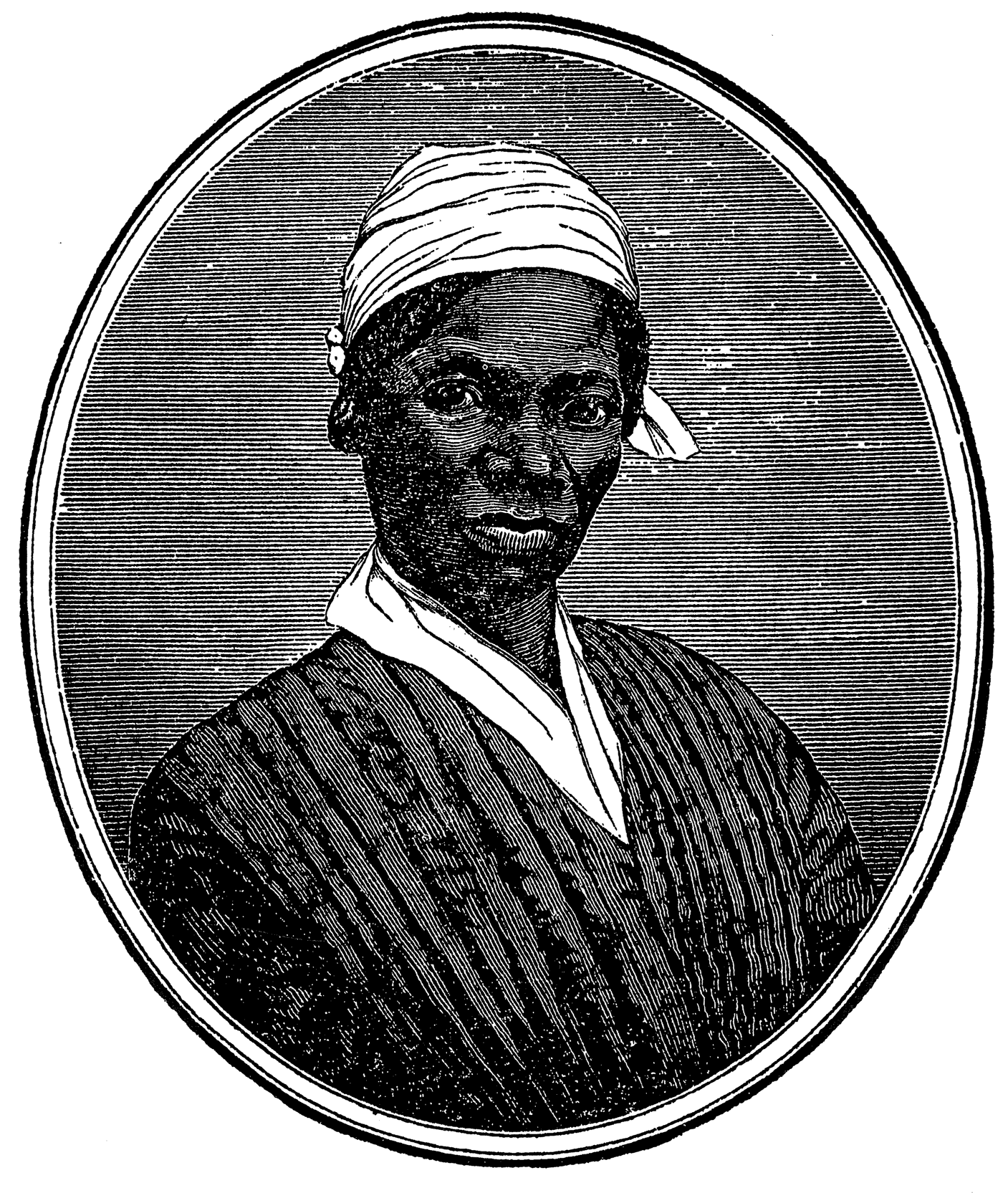Overview of Grades 3-7 Curriculum
This page offers guidance for engaging students with the Grades 3-7 Online Exhibit, “Struggle for Freedom,” part of the larger exhibit, “Radical Equality: 1842-1846″ about the utopian abolitionist community, the Northampton Association of Education and Industry (NAEI).
1) Using Primary Sources in Grades 3-7
Investigating primary sources captures student interest and teaches essential thinking skills.
Have groups of two or three students first examine the primary sources, either online or by printing copies. Start with the image of Sojourner Truth. Then read the letter from Mary Stetson. Good questions are key to guide students’ investigation. The main point is for students to realize that such evidence is the ultimate source of most of what we know about history, and that primary sources require careful study and interpretation.
After students report back on their efforts to read the handwritten originals, give groups transcripts. Break long documents into manageable chunks. (We chose a short passage for you.) Ask students to look up unfamiliar words. (See the site’s glossary of historical terms.)
WHAT DO THESE SOURCES TELL US ABOUT SOJOURNER TRUTH?
Students can learn to “read” pictures and artifacts the same way we read words. There are all sorts of clues. The picture of Sojourner Truth shows us her age, race, and gender and something about how she dressed. The seriousness and dignity of this image are important given her background. Remind students that there were very few places in the United States in the 1840s – even in the non-slave North – where an African-America would be treated as an equal.
All items in this activity are primary sources: documents, artifacts, and pictures from the time of the Association. They help us learn a bit about the daily life of a much-loved figure in American history. Sojourner Truth’s sense of humor comes through in the letter about the “Sam Patch” jump in a way that it does not in her wholly serious autobiography. (You may find another perspective by looking on the “Primary Sources” page at the letter from Dolly Stetson – Mary’s mother – dated Oct. 6, 1844 where Dolly comments about Sojourner Truth’s opposition to dancing and playing cards. Look for other references to famous Americans in these letters.)
2) Background on the NAEI
Historians bring extensive background knowledge to every investigation. Students too must learn to look at primary sources in context. The page labeled “The Story,” at bottom left on the entry page to this exhibit gives students essential background at an upper-elementary reading level. Locate a picture book biography on Sojourner Truth.
Older students and adults can learn about the context through the full explanatory narrative (under “Background”). They can also browse the biographies (under “Cast of Characters”), timelines, and maps (under “Multimedia”).
3) Grades 3-7 Lesson Plans Based on the Exhibit
Handouts and Worksheets
All of the materials needed for these lessons are available for download as Word documents on the "Downloads" page.
The “Lessons Gallery” leads to grade 3-7 lesson outlines:
- Through the Eyes of Sojourner Truth: Exploring Primary Sources
- Setting the Rules: Comparing Founding Documents in American History
Lessons on Writing a Class Constitution
An engaging related lesson would be to have your class write its own constitution or rules. Pairs of students could each draft an article for the class constitution to define a right or a responsibility. Discuss how to ratify and amend the agreement. Hold a constitutional convention to integrate the proposals. Students could write essays arguing for or against adoption of the class constitution, including examples of how it would affect the class. Discuss similarities and differences between the classroom process and the U.S. Constitutional Convention. Two lessons on writing a class constitution are at these external links:
4) Massachusetts History and Social Science Curriculum Frameworks
In addition to strengthening reading and investigations skills, this site provides in-depth content to address specific Massachusetts standards for grades 5 and high school. Each lesson lists standards specific to that lesson. Or find a complete list of standards addressed by this online exhibit by clicking the “Teachers” tab above.



